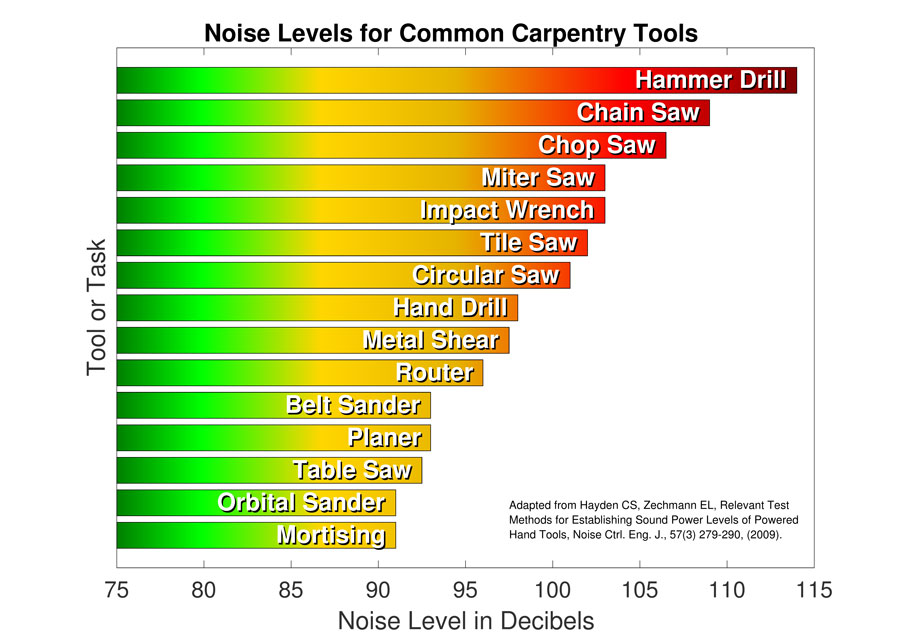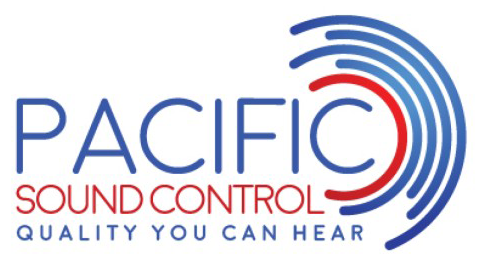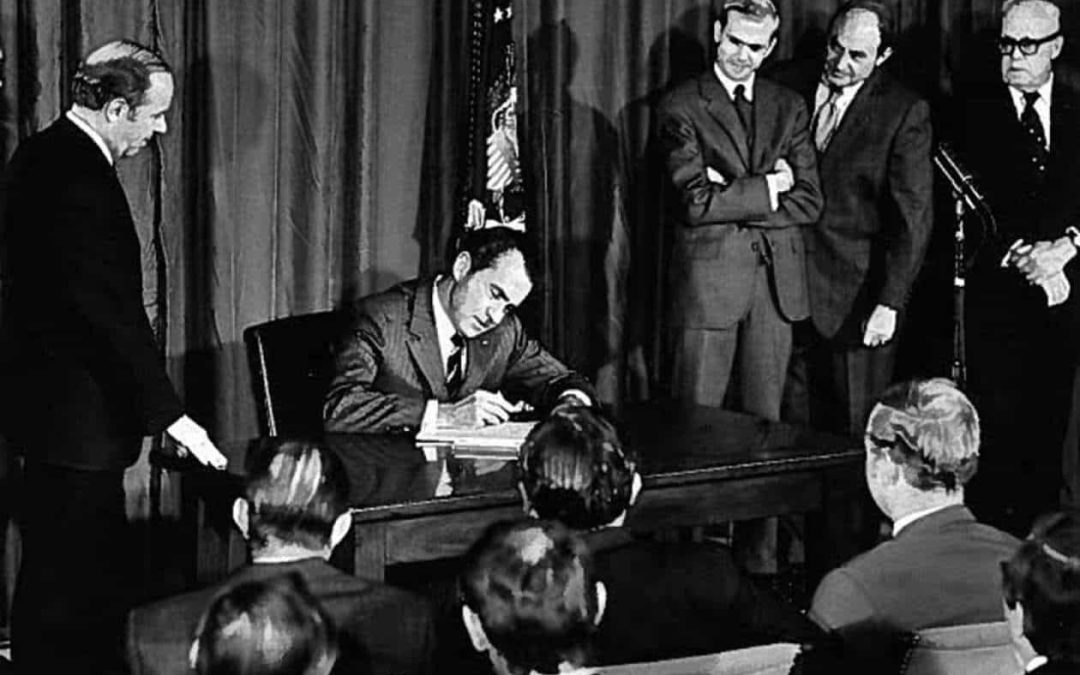In 1970, President Richard Nixon signed the Occupational Health and Safety Act (OSHA) into law. OSHA was created to ensure safe working conditions for the nation’s blue-collar workforce. OSHA’s early protections included asbestos, lead, and carcinogens. In the 1980s, noise exposure was included in the list. Today, employers are required to provide hearing protection to their workers if noise exposure is above the OSHA permissible exposure limit (PEL) of 90 dBA for an 8-hour workday. An increase of just 5 dBA to 95 dBA lowers the permissible exposure time to just 4 hours. The National Institute of Occupational Safety and Health (NIOSH), has more strict recommendations such as 85 dBA for an 8-hour day, but employers are not required by law to follow them. Many common construction tools operate at above the recommended levels for both OSHA and NIOSH (see below image via CDC).



Recent Comments